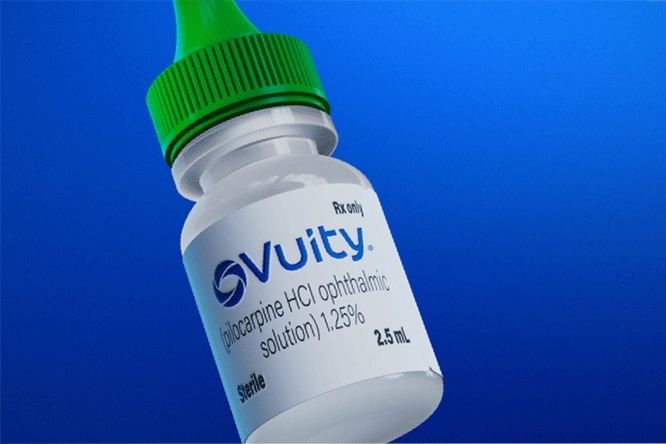
Migraine is a neurological condition characterized by recurrent headaches that can cause moderate to severe pain, often described as pulsating or throbbing. These headaches are typically unilateral (affecting one side of the head) and may be accompanied by other symptoms such as nausea, vomiting, and sensitivity to light (photophobia) and sound (phonophobia). The duration of a migraine attack can vary from a few hours to several days, and the frequency of attacks can range from occasional to chronic.
Classification of Migraine
Migraines can be classified into several types based on their characteristics:
- Migraine without Aura: This is the most common type, where the headache occurs without any preceding neurological symptoms.
- Migraine with Aura: This type includes neurological symptoms that precede or accompany the headache, such as visual disturbances (flashes of light or blind spots), sensory changes (tingling or numbness), or speech difficulties.
- Chronic Migraine: Defined as having 15 or more headache days per month for at least three months, with at least eight of those days being migraines.
- Hemiplegic Migraine: A rare form that involves temporary paralysis or weakness on one side of the body during an attack.
- Retinal Migraine: Characterized by repeated bouts of short-lasting attacks of monocular visual disturbance that may be followed by a headache.
- Menstrual Migraine: Occurs in relation to hormonal changes during menstruation.
Treatment Options for Migraine
Treatment options for migraines can be categorized into acute treatments (to relieve symptoms during an attack) and preventive treatments (to reduce the frequency and severity of attacks).
Acute Treatments
- Over-the-Counter Analgesics:
- Ibuprofen
- Acetaminophen
- Aspirin
- Triptans: Specific medications designed for migraine relief.
- Sumatriptan
- Rizatriptan
- Zolmitriptan
- Ergots: Less commonly used but effective for some patients.
- Ergotamine
- Dihydroergotamine
- Anti-nausea Medications:
- Metoclopramide
- Prochlorperazine
- Opioids: Generally avoided due to risk of dependency but may be prescribed in certain cases.
Preventive Treatments
- Beta-Blockers:
- Propranolol
- Metoprolol
- Antidepressants:
- Amitriptyline
- Venlafaxine
- Anticonvulsants:
- Topiramate
- Valproate
- CGRP Inhibitors: A newer class specifically targeting migraine pathways.
- Erenumab
- Fremanezumab
- Botulinum Toxin Injections: Approved for chronic migraine prevention.
Pharmacokinetics and Dynamics
Pharmacokinetics refers to how drugs are absorbed, distributed, metabolized, and excreted in the body, while pharmacodynamics involves how drugs exert their effects on the body.
- Absorption and Distribution:
- Triptans are rapidly absorbed after oral administration, reaching peak plasma concentrations within 1-3 hours.
- Beta-blockers have varying absorption rates depending on their formulation but generally have good bioavailability.
- Metabolism:
- Triptans are primarily metabolized in the liver via cytochrome P450 enzymes.
- Antidepressants like amitriptyline undergo extensive first-pass metabolism before reaching systemic circulation.
- Excretion:
- Most triptans are excreted through urine after being metabolized into inactive metabolites.
- Beta-blockers may also be excreted unchanged in urine along with their metabolites.
- Mechanism of Action:
- Triptans work by agonizing serotonin receptors (5-HT_1B and 5-HT_1D), leading to vasoconstriction and inhibition of pro-inflammatory neuropeptides.
- CGRP inhibitors block calcitonin gene-related peptide activity which plays a significant role in migraine pathophysiology.
Side Effects of Given Therapeutics
Each treatment option comes with potential side effects:
Acute Treatments Side Effects:
- Triptans
- Common side effects include dizziness, fatigue, flushing, chest tightness, and sensations of pressure.
- Ergots
- Can cause nausea, vomiting, muscle cramps, and vasospasm leading to ischemia if overused.
- Anti-nausea Medications
- May lead to drowsiness or extrapyramidal symptoms with prolonged use.
Preventive Treatments Side Effects:
- Beta-Blockers
- Fatigue, depression, sleep disturbances, bradycardia (slow heart rate).
- Antidepressants
- Weight gain, dry mouth, sedation; potential withdrawal symptoms upon discontinuation.
- Anticonvulsants
- Cognitive impairment, weight loss; topiramate may cause metabolic acidosis in rare cases.
- CGRP Inhibitors
- Generally well-tolerated; possible injection site reactions or constipation reported in some patients.
In summary, migraines are complex neurological events requiring careful classification and management through various treatment modalities tailored to individual patient needs while considering pharmacokinetic profiles and potential side effects associated with each therapeutic option.







